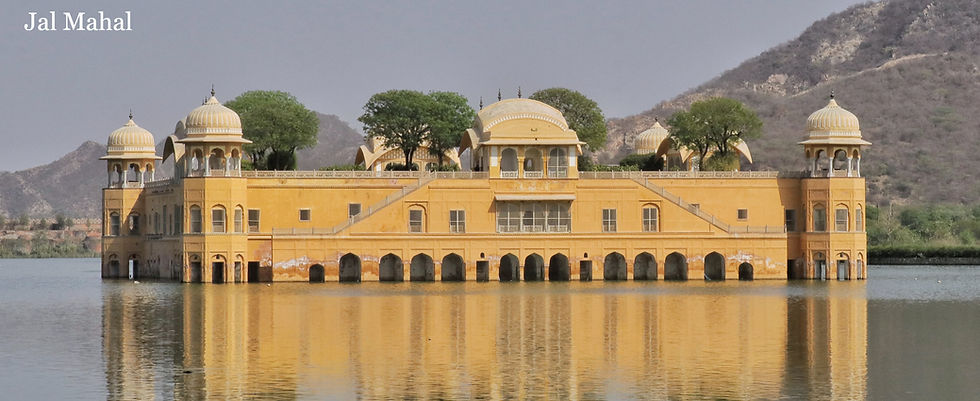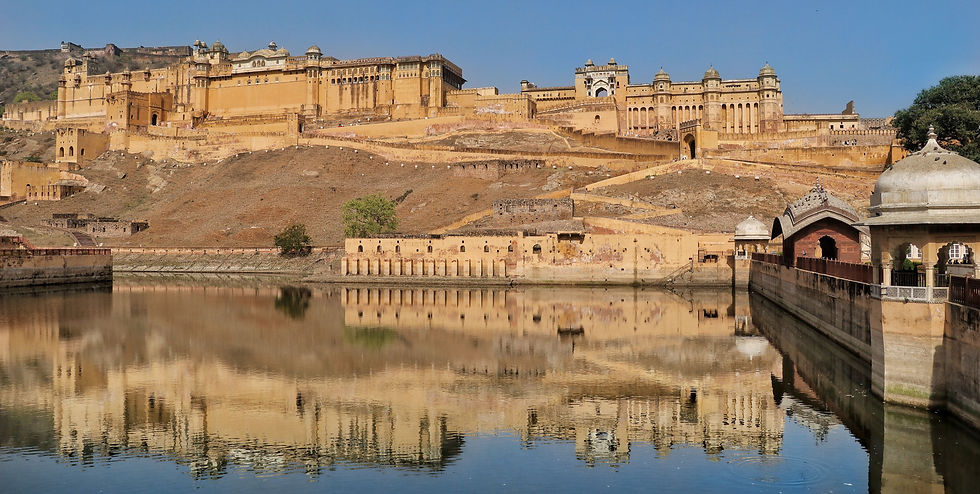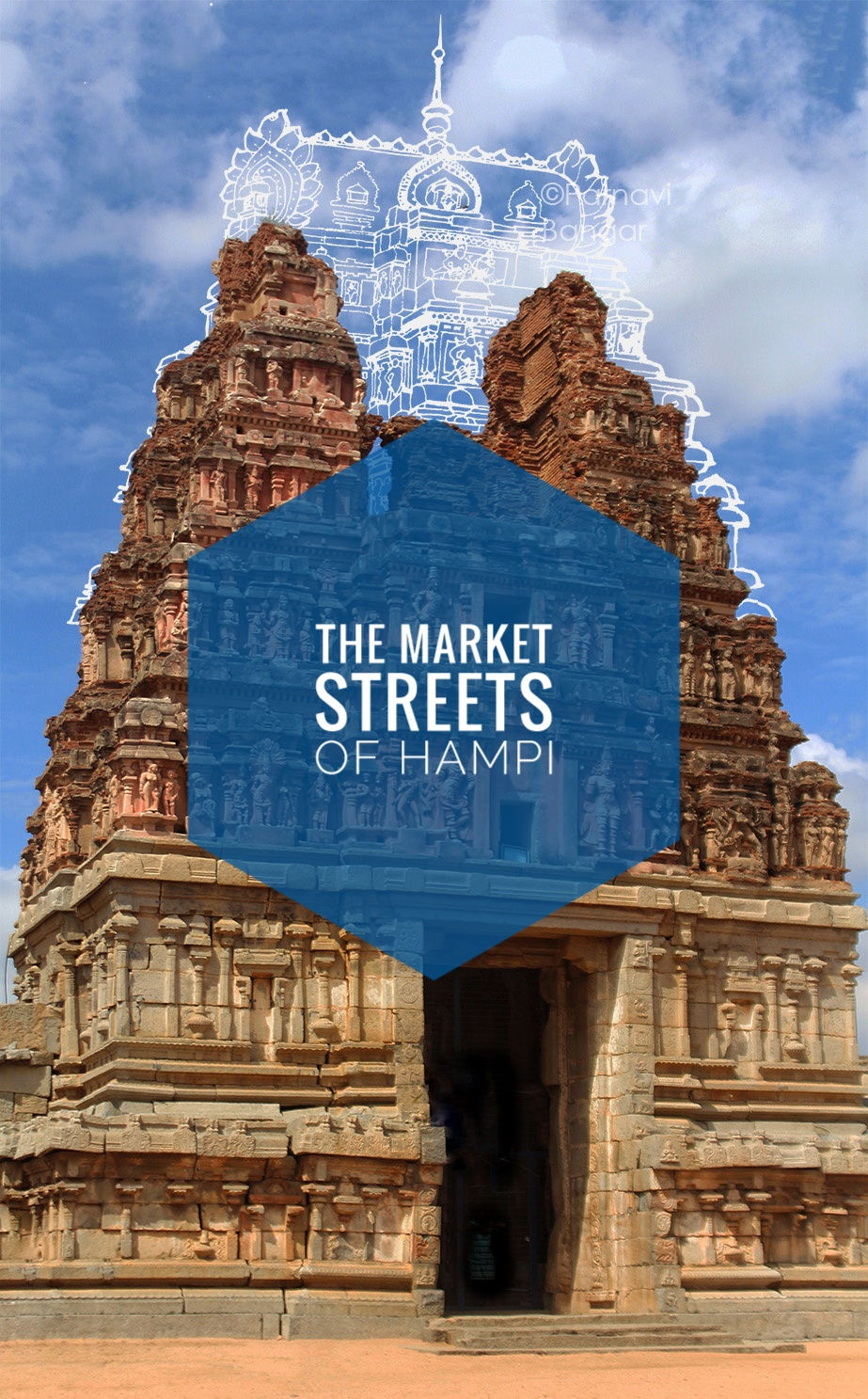Pink City Chronicles: Forts, Palaces, and Timeless Architecture
- Reminiscing History
- Sep 23
- 3 min read
By Madhura Sawant
Nestled in the heart of Rajasthan, Jaipur, fondly known as the Pink City, welcomes everyone with its vibrant blend of history, culture, and architecture. From the majestic Amer Fort overlooking Maota Lake to the opulent halls of City Palace and the bustling bazaars brimming with colorful handicrafts, Jaipur offers a feast for the senses. Its streets echo tales of royal heritage, while every monument and market invites visitors to step into a world full of picturesque beauty. Whether you’re wandering through intricate palaces or savoring local delicacies, Jaipur promises an unforgettable journey into the soul of Rajasthan.

Amer Fort, with its fusion of Rajput and Mughal architecture, is a masterpiece of heritage preservation. Rising above Maota Lake, this fort captures the grandeur of Jaipur’s history through its ornate gateways, mirror-studded halls (Including a Sheesh Mahal), and exquisite gardens. Today, it is celebrated as a revival of Rajasthan’s golden past and an enduring symbol of cultural reimagination.

The water gardens and courtyards inside Amer Fort showcase the Mughal-inspired Chahar Bagh layout, where heritage meets landscape design. These gardens were once cooled by intricate water channels connected to Maota Lake, a brilliant example of sustainable historical architecture. Their ongoing preservation efforts highlight Jaipur’s commitment to cultural and ecological revival.

Floating gracefully in the middle of Man Sagar Lake, Jal Mahal is a jewel of Rajput architecture. The palace, partly submerged, has been restored as part of Jaipur’s heritage revival projects. With its blend of natural beauty and historical reconstruction, Jal Mahal remains an iconic symbol of Jaipur’s architectural imagination.

Inside the royal City Palace lies Chhavi Niwas, popularly called the Blue Room. With intricate floral motifs and elegant blue-and-white patterns, this chamber is an example of architectural artistry and cultural reimagination. Once used as a monsoon retreat, today it attracts heritage lovers and historians who see in it the essence of Jaipur’s historical revival. Fun Fact: The blue came from the flower indigo.

Perched on the Aravalli hills, Jaigarh Fort was designed as a military stronghold and still houses the world’s largest wheeled cannon, Jaivana. Jaigarh’s robust walls and watchtowers reflect the city’s defense architecture while reminding visitors of Jaipur’s historical legacy of strength and resilience. The fort continues to stand as a testimony to India’s heritage conservation efforts.

Located in Abhaneri near Jaipur, Chand Baori is one of the largest stepwells in India and a marvel of ancient engineering. Its geometric patterns and symmetrical architecture highlight the innovative water management systems of medieval times. This stepwell has undergone conservation and reconstruction efforts, ensuring that its heritage significance is preserved for future generations.
All pictures by ©Madhura Sawant
By Madhura Sawant, Check her channel for more.
Reference books
Have a story you want to share?
Tap on the link below to tell us your stories and insights about monuments and heritage. Let's collaborate on spreading the word about our history.














Comments